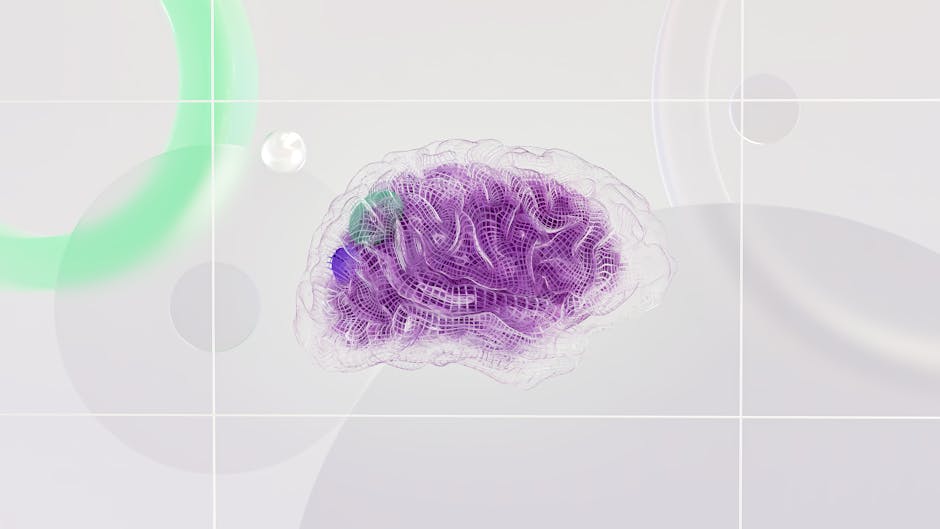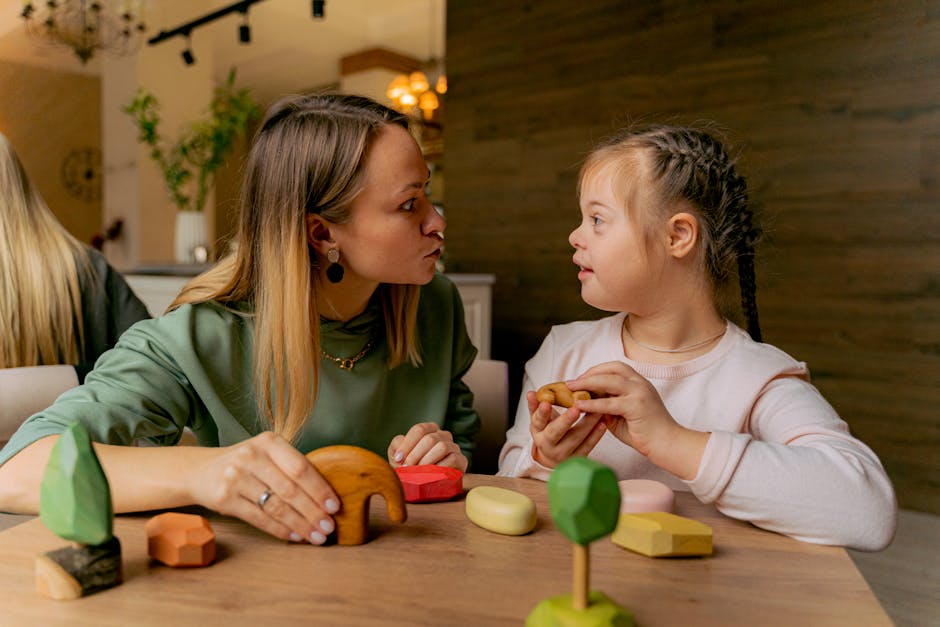Gamifying Business Processes: Boost Employee Engagement with AI
In today's fast-paced workplace, employee engagement is often seen as the secret sauce to success. But how can businesses foster an environment where creativity and productivity flourish? Enter gamification, fueled by the power of artificial intelligence (AI). By incorporating game mechanics into business processes, companies are discovering innovative ways to enhance employee productivity and broaden engagement. This article delves into how AI-driven game mechanics are transforming workplace culture and performance, offering insights that are as practical as they are inspiring.
The Intersection of AI, Gamification, and Business

As organizations strive to remain competitive, they are increasingly looking to leverage technology to cultivate a motivated and effective workforce. Gamification—applying game design elements in non-game contexts—has proven to be a valuable strategy. According to Gartner, 70% of Fortune 500 companies will incorporate a form of gamification by 2025. But when paired with AI, the potential becomes exponential.
Understanding Gamification in the Workplace

Gamification involves integrating elements such as points, levels, and rewards into everyday business processes. It taps into intrinsic motivations, making mundane tasks more engaging. For example, a sales team might earn badges for hitting targets, fostering a spirit of friendly competition. However, the addition of AI adds a new layer, analyzing employee data to create personalized experiences that resonate on an individual level.
How AI Enhances Gamification Techniques

AI's ability to analyze vast amounts of data in real time allows it to tailor gamification strategies uniquely. Imagine a scenario where AI assesses employee performance and engagement levels, providing customized challenges that push individuals to improve. By offering personalized feedback and rewards, AI ensures employees feel valued and acknowledged, thereby deepening their commitment.
For instance, companies like Microsoft and SAP have seen significant improvements in employee engagement through AI-enhanced gamification. AI tools can analyze responses in real-time, tweaking challenges based on an employee's strengths and weaknesses, allowing for more targeted growth.
Real-World Examples of AI-Driven Gamification

The practical application of AI in gamification is remarkable. Companies across industries are successfully implementing these techniques. For example, Deloitte has introduced a learning app that gamifies employee training. Using AI, the app offers tailored learning paths and instant feedback, thus enhancing the learning experience and improving overall skills retention.
Another example is the banking sector, where organizations have utilized gamification to encourage better financial habits among employees. Applying AI analytics, they can reward employees who engage with financial literacy programs, resulting in a more informed workforce.
The Role of AI in Employee Recognition

One of the most impactful aspects of gamification is its capacity to recognize and reward employee achievements. Traditionally, recognition programs can be generic and often miss the mark. However, when powered by AI, businesses can create more meaningful rewards based on individual employee preferences and contributions.
Using AI-powered tools, companies can analyze an employee's achievements and behaviors, offering personalized acknowledgments that resonate. This not only enhances the employee’s sense of value but also fosters a culture of recognition that can resonate throughout the organization.
Driving Collaboration Through Gamified Platforms

With the rise of remote and hybrid work models, fostering collaboration can be challenging. Gamification can be instrumental in driving teamwork, especially when integrated into platforms designed for collaboration.
Imagine a virtual project management tool that incorporates gamification aspects such as team challenges, progress tracking, and rewards. AI can monitor team dynamics and engagement levels, offering suggestions for enhancements in real-time, ultimately fostering a collaborative spirit that drives productivity.
Balancing Motivation and Workload

One of the commonly noted potential pitfalls of gamification is the risk of overwhelming employees with additional tasks. AI can help mitigate this by intelligently integrating gamification into existing workflows. By analyzing workload patterns, AI can suggest appropriate challenges that are engaging without being burdensome.
Moreover, companies can leverage AI to assess employee feedback on the gamification processes themselves, allowing continual optimization and ensuring that the system serves to motivate rather than create pressure.
Enhancing Creativity Through Problem-Solving Games

Creativity is essential in today’s business environment, particularly in roles that require out-of-the-box thinking. Integrating AI-driven problem-solving games can stimulate innovative ideas among employees. These games can create scenarios that require employees to think strategically and collaboratively, ultimately leading to creative solutions for real-world business challenges.
For example, a marketing team might engage in a virtual simulation where they must devise a campaign based on given market conditions or crises. AI can adjust scenarios based on performance, ensuring constant engagement and stimulation of critical thinking.
The Psychological Benefits of Gamification Backed by AI

Gamification does not merely make work fun; it has psychological benefits that enhance performance and wellbeing. Engaging in game-like environments allows employees to enjoy a sense of progress, achievement, and community. When AI analyzes user behavior, it can identify patterns and suggest activities that align better with employee moods or engagement levels.
For example, if an employee shows signs of burnout, AI could recommend lighter gamified tasks that encourage creativity without demanding too much focus. This personalized approach can significantly improve job satisfaction and prevent turnover.
Ethical Considerations in AI and Gamification

While the benefits of AI-driven gamification are compelling, it's essential to consider the ethical implications. The over-reliance on data-driven insights can raise privacy concerns among employees. Transparency about data collection, usage, and privacy policies is critical to maintaining trust within an organization.
Moreover, businesses must ensure that gamification principles are implemented fairly and inclusively. AI’s potential biases can lead to unequal recognition of employee contributions, undermining the very motivation gamification aims to achieve.
The Future of Gamification in Business Process Automation

As AI technology continues to evolve, the future of gamification within business processes looks promising. By 2025, we can expect even more sophisticated AI algorithms capable of delivering highly nuanced gamified experiences in the workplace.
Organizations will likely see an increase in adaptable gamification platforms that adjust in real time to enhance engagement, nurture talent, and streamline processes. The ultimate goal is to create a thriving work environment where employees feel connected, engaged, and empowered.
Final Thoughts
In the ever-changing landscape of business, enhancing employee productivity and engagement is not merely a trend but a necessary evolution for success. By harnessing the power of AI-driven gamification, companies have the opportunity to revolutionize their workplace culture. It’s about creating an environment where employees feel motivated to contribute, innovate, and grow, leading to a more productive and cohesive workforce. Embracing these game mechanics not only boosts engagement but also aligns perfectly with the strategic goals of the business.
Are you ready to take the leap into the world of gamification powered by AI? Your employees—and your bottom line—will thank you!



